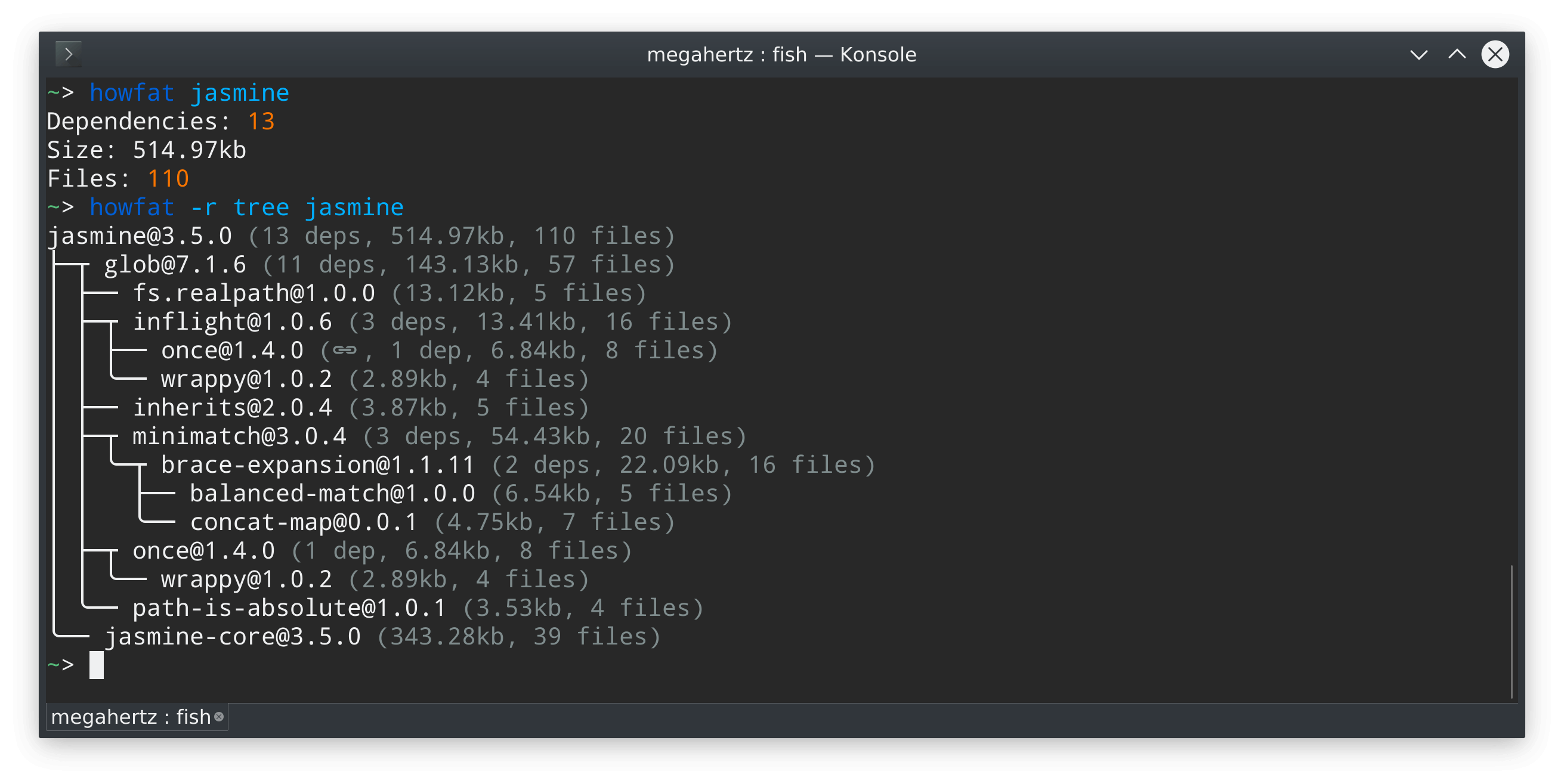Use the npm list to show the installed packages in the current project as a dependency tree. Use npm list --depth=n to show the dependency tree with a specified depth. Use npm list --prod to show packages in the dependencies . Use npm list --dev to show packages in the devDependencies .
The npm view command can also query package metadata on the registry and return detailed information on a specific package. To see all the available options for the npm view command, visit the CLI page on NPM's website.
You can generate NPM dependency trees without the need of installing a dependency by using the command
npm list
This will generate a dependency tree for the project at the current directory and print it to the console.
You can get the dependency tree of a specific dependency like so:
npm list [dependency]
You can also set the maximum depth level by doing
npm list --depth=[depth]
Note that you can only view the dependency tree of a dependency that you have installed either globally, or locally to the NPM project.
You can use the npm-remote-ls module. You can install it globally:
npm install -g npm-remote-ls
And then call:
npm-remote-ls bower
Alternatively, [email protected] installed then you can use npx and avoid globally installing the command - just call:
npx npm-remote-ls bower
This site allows you to view a packages tree as a node graph in 2D or 3D.
http://npm.anvaka.com/#/view/2d/waterline

Great work from @Avanka!
Here is the unpowerful official command:
npm view <PACKAGE> dependencies
It prints only the direct dependencies, not the whole tree.
You can use howfat which also displays dependency statistics:
npx howfat -r tree jasmine

If you love us? You can donate to us via Paypal or buy me a coffee so we can maintain and grow! Thank you!
Donate Us With